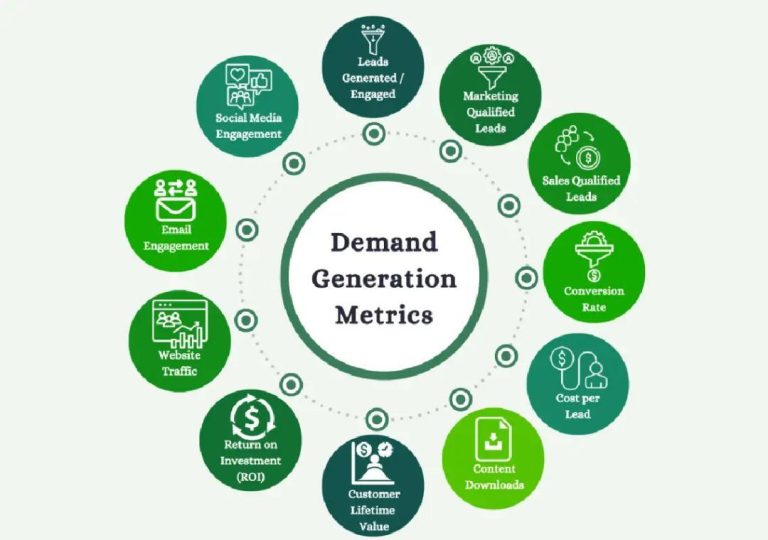
Can You Measure What You Didn’t Map Out in Digital Marketing?
As the digital landscape continues to evolve, measuring the success of your marketing efforts has become more crucial than ever. With the abundance of data available, it can be overwhelming to track and analyze the effectiveness of your campaigns. However, without a clear framework, key metrics can easily slip through the cracks, leaving you without a clear picture of what’s working and what’s not.
In this post, we’ll explore the importance of having a digital marketing framework and how it can help you measure what you didn’t map out. We’ll also discuss the importance of goal-driven KPIs and how they can help you tie your metrics to each channel, making measurement and optimization continuous, not an afterthought.
The Challenges of Measuring Digital Marketing Success
Measuring the success of digital marketing campaigns can be a daunting task. With so many channels, tactics, and metrics to track, it’s easy to get lost in the data and lose sight of what’s truly important. Without a clear framework, you may find yourself struggling to:
- Identify which channels are driving the most conversions
- Measure the effectiveness of your content marketing efforts
- Track the impact of social media on your brand
- Analyze the return on investment (ROI) of your digital marketing spend
A Digital Marketing Framework: The Solution
A digital marketing framework provides a structure for your marketing efforts, allowing you to tie your metrics to each channel and track the effectiveness of your campaigns. By integrating dashboarding and reporting into every phase of your marketing process, you can ensure that measurement and optimization are continuous, not an afterthought.
A well-designed digital marketing framework typically includes the following components:
- Goals: Clearly define your marketing goals, whether it’s increasing brand awareness, generating leads, or driving conversions.
- Objectives: Break down your goals into smaller, measurable objectives.
- Key Performance Indicators (KPIs): Identify the metrics that will help you track progress towards your objectives.
- Channels: Define the channels you’ll use to reach your target audience, such as social media, email, or paid advertising.
- Tactics: Outline the specific tactics you’ll use within each channel, such as content creation, influencer partnerships, or retargeting ads.
- Dashboards: Create dashboards to track your KPIs and identify areas for improvement.
- Reporting: Regularly report on your progress and adjust your strategy as needed.
Goal-Driven KPIs: The Key to Measuring Success
Goal-driven KPIs are the lifeblood of any digital marketing framework. By tying your metrics to each channel, you can ensure that you’re measuring the right things and making data-driven decisions. Here are some examples of goal-driven KPIs you can use:
- Reach: Track the number of people who see your content or ads.
- Engagement: Measure the number of likes, shares, comments, or clicks on your content.
- Conversion Rate: Track the percentage of people who complete a desired action, such as filling out a form or making a purchase.
- ROI: Measure the return on investment of your digital marketing spend.
Why Goal-Driven KPIs Matter
Goal-driven KPIs matter because they help you:
- Focus on what matters most: By identifying the metrics that matter most to your business, you can focus on what’s truly important.
- Make data-driven decisions: With clear KPIs, you can make informed decisions about where to allocate your resources.
- Avoid wasting resources: By tracking the effectiveness of your campaigns, you can avoid wasting resources on tactics that aren’t working.
- Measure progress: Goal-driven KPIs provide a clear picture of your progress towards your objectives.
Conclusion
Measuring the success of your digital marketing campaigns doesn’t have to be overwhelming. By implementing a digital marketing framework and using goal-driven KPIs, you can ensure that you’re tracking the right metrics and making data-driven decisions. Remember, measurement and optimization should be continuous, not an afterthought. By integrating dashboarding and reporting into every phase of your marketing process, you can ensure that your marketing efforts are always aligned with your business objectives.
News Source:
https://www.growthjockey.com/blogs/learn-digital-marketing-framework






